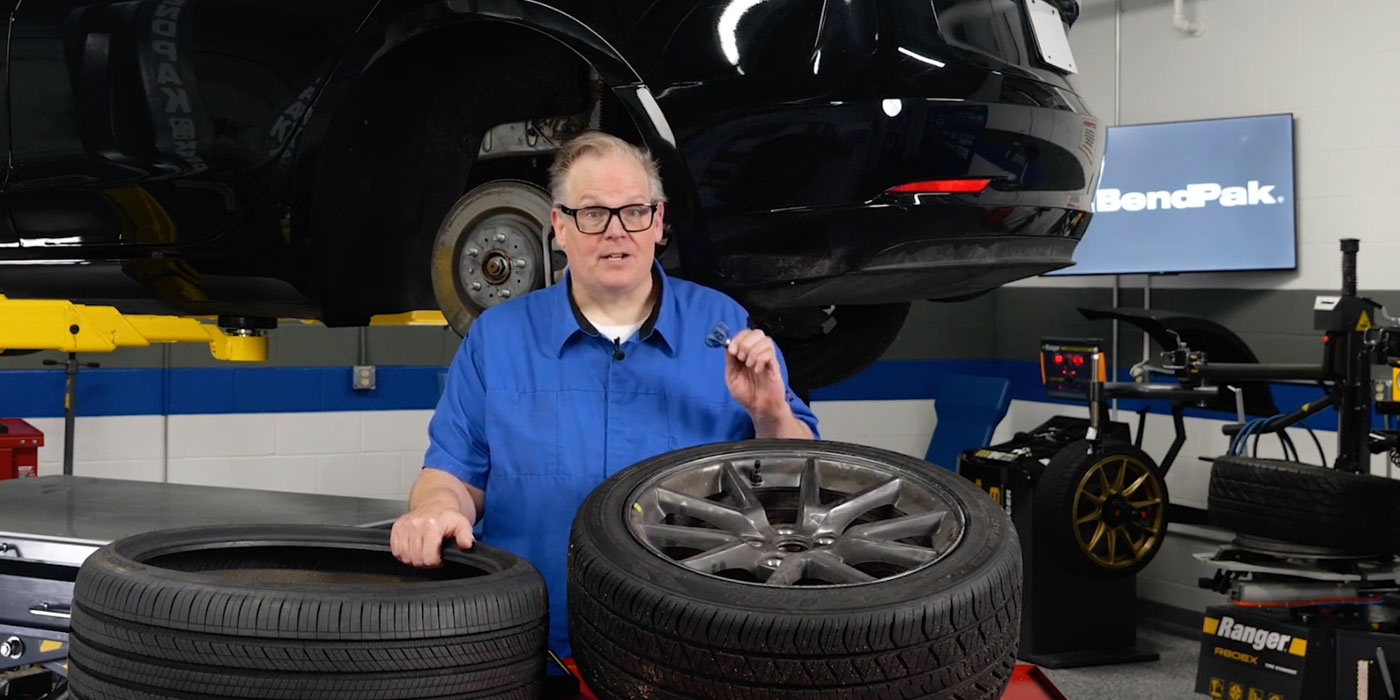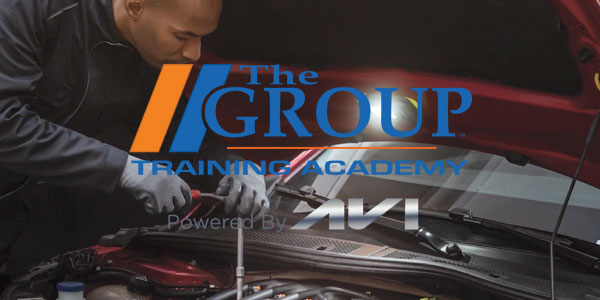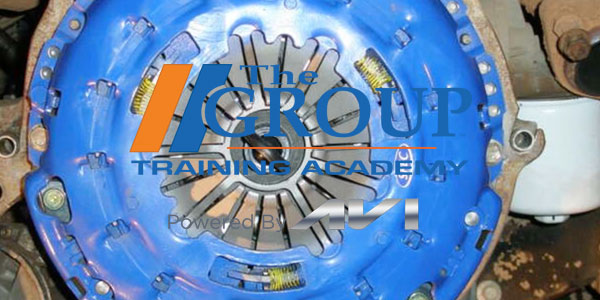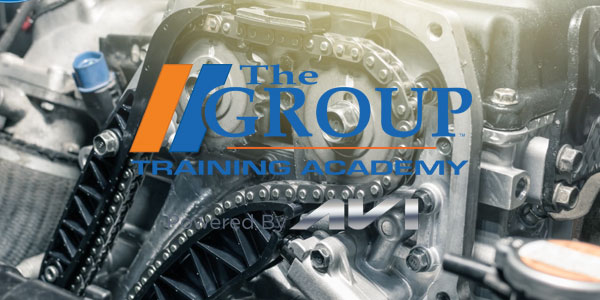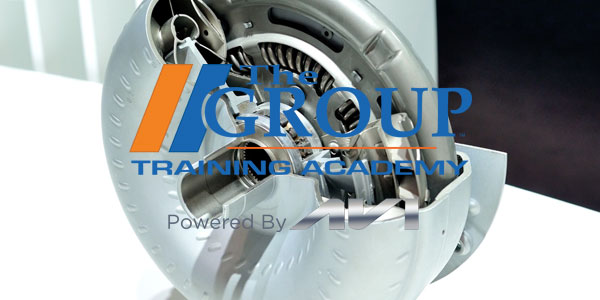This video is sponsored by Bar’s Leaks.
Oil additives offer a number of benefits, including extending the useable life of the vehicle and helping motorists save on mechanical repairs. They do this by tackling several common problems in a vehicle.
Let’s start with oil leaks. Most engine stop-leak products contain a seal conditioner that takes an older, hardened, shrunken leaking seal or gasket and makes it soft and pliable so it can perform its original intended function of keeping the oil inside the engine. Some also might thicken the oil, which can help stop leaks.
Another common issue is smoke. In the previous video, we talked about what some of the different colors of exhaust smoke might mean for your vehicle. A smoke-treatment product can help reduce oil burning, which usually results in blue exhaust smoke emitting from the tailpipe. These types of additives usually work by using long-chain polymers and viscosity-index improvers, and some by cleaning the oil rings.
Oil additives also can help with power loss. A compression builder is an additive or combination of additives that helps increase compression in a worn, high-mileage engine. Compression builders can free up stuck compression rings and fill in cylinder-wall scratches.
Finally, let’s talk about wear in the engine parts. Using an engine-treatment product can prevent further wear from occurring. If the problem is severe enough, it might call for an oil treatment or oil stabilizer. Either way, these products may help your customer get more miles out of their vehicle before repairing or replacing it.






